PembrokeFire
TPF Noob!
- Joined
- Dec 7, 2010
- Messages
- 7
- Reaction score
- 0
- Location
- Illinois
- Can others edit my Photos
- Photos NOT OK to edit
I just purchased a Nikon D3100. Up until now it has been nothing but point and shoot cameras. I asked this question before buying the camera, but I did not mention a camera in the post. I shoot all the fire scenes for our department. My problem is shooting at night. All my firefighters are always blurred. If I can get close enough with a flash then all I see is there reflective lettering and they are dark. Aside from using scene lighting or the fire itself, I need a better way to shoot. So I am asking what lens to use for best results. Please give me the exact lens. Someone said 2.8, well there are 2.8 zooms and macros etc., just confusing me more. Another said 1.8. Recommended ISO would help too.
I know some of it is going to be trial and error. But if I at least have the right equipment and starting point, hopefully it will be easier.
Also am i better with an external flash? If so, once again, please make a recommendation down to the unit itself. Thanks so much in advance for any help you can offer
I know some of it is going to be trial and error. But if I at least have the right equipment and starting point, hopefully it will be easier.
Also am i better with an external flash? If so, once again, please make a recommendation down to the unit itself. Thanks so much in advance for any help you can offer


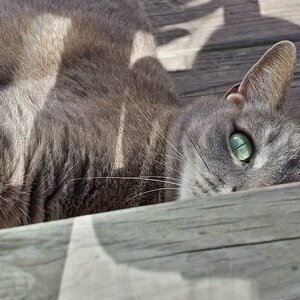
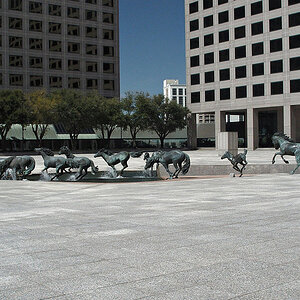
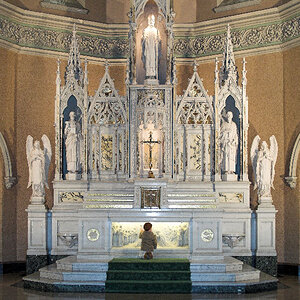
![[No title]](/data/xfmg/thumbnail/42/42458-8274869c9294d2f0655f80c8f0e6048c.jpg?1619740191)
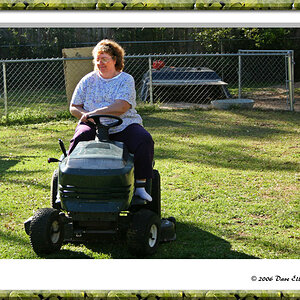
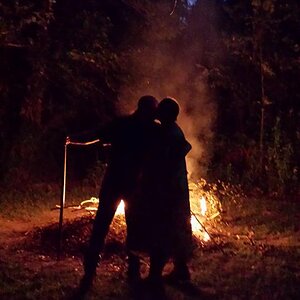
![[No title]](/data/xfmg/thumbnail/42/42456-a5a32b76e115de404d99d09173cd71f2.jpg?1619740191)
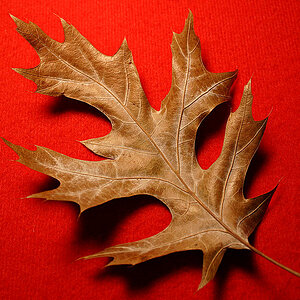
![[No title]](/data/xfmg/thumbnail/37/37521-5e19cc15e190997d963ed09c3c13ca9c.jpg?1619738129)
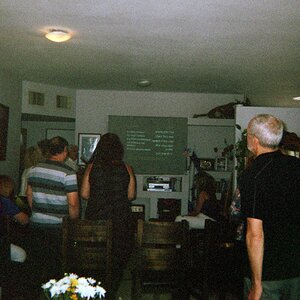
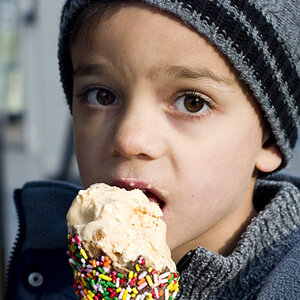
![[No title]](/data/xfmg/thumbnail/40/40289-d47f888aadd01e2147ff6cfe4b94f2be.jpg?1619739409)